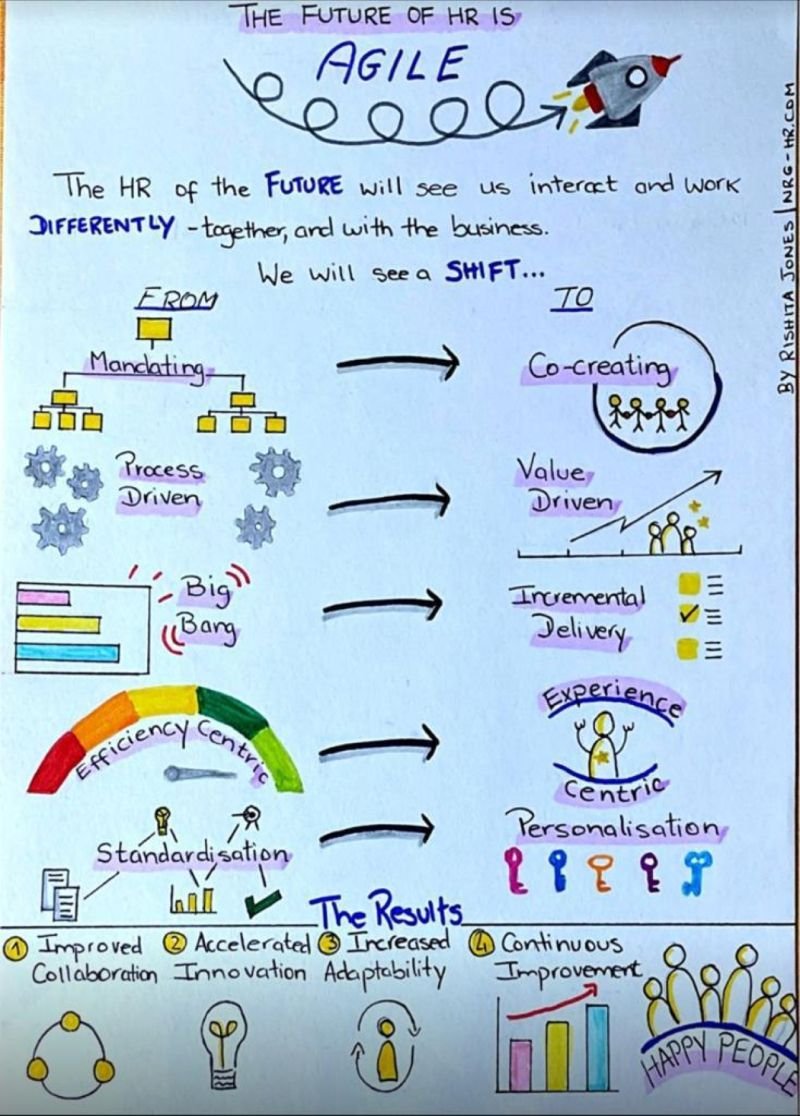Goldman Sachs has called chip manufacturer Nvidia “the most important stock on planet earth”. And why not?
The company’s stock has soared 480% since Jan 2023. After its year-end earnings call on Feb 21, Nvidia’s value jumped $277 billion in a single day, topping Meta’s $197 billion. But who is the man leading the $2-trillion AI darling and what’s his management style?
Nvidia CEO Jensen Huang is the 20th-richest man in the world. Huang, 61, was born in Taiwan and, at age 9, was sent with his brother to live with an uncle in Tacoma, Seattle. According to a New Yorker profile from 2023, Huang briefly worked as a dishwasher at Denny’s. He earned his undergraduate degree in electrical engineering from Oregon State University, and then a master’s in the same field from Stanford. Huang cofounded Nvidia in 1993.
In an era of disruptions that have created incredible examples of business model innovations — transforming how we buy, connect, and consume — management styles still resonate in the Industry 1.0 era. It’s n o wonder then that we prefer to stay with tall hierarchies that stifle information and empowerment, often reduce the agility to respond with timely decisions and solutions, and at most times, do not harness the many opportunities of the new economy.
While the hierarchy has its merits of offering clear lines of authority and decision-ma king, this can severely slow down the organisation and restrict the flow of communication that is important, especially during times of uncertainty and change. Often, help arrives too late and business, talent, customers, and opportunities for innovation are irrevocably impacted. In recent times, Huang’s radically different management style has caught the attention of many for the following reasons:
The Huang Style
- Flat Structure: Nvidia CEO believes in maintaining a flat organisation structure with as many as 40 ‘direct reports’ who he prefers not to meet 1:1, choosing group discussions instead.
- Strategic Direction: Prefers sharing the strategic direction of organisation with everyone. He believes that by doing so, he opens doors to feedback from different perspectives.
- Collective Intelligence: Believes collective intelligence and co-creation are the best ways to harness expertise within the entire organisation and can lead to well-thought-out strategies.
- Flexi-Plans: At Nvidia, there are no short-term or long-term plans. Instead, the company adopts a flexible approach, constantly re-evaluating strategies in an ever-evolving market, encouraging voice and participation across levels of the organisation.
- Culture of Innovation: Huang wants to build a newage learning organisation that has the agility to respond to the market and integrate the collective capabilities of its human capital to cre ate a culture of innovation.
- Adaptability & Empowerment: While 40 ‘direct reports’ may seem too large to manage directly, what Huang is attempting to do is keep the top leadership aligned and focused with high clarity to deliver performance. Non-preference of one-on-ones is to reduce communication confusions and presumptions that exist when conversations are carried out individually. The fact that everyone has access to the strategy and can attend meetings as required is an attempt to address the malaise of transparency that is the barrier to inclusion and motivation to contribute.
The principles of OKRs (objectives and key results) follow the same philosophy of democratic transparency & inclusion and have led to the creation of many successful organisations.
This article was featured on Times Ascent on March 6th, 2024




